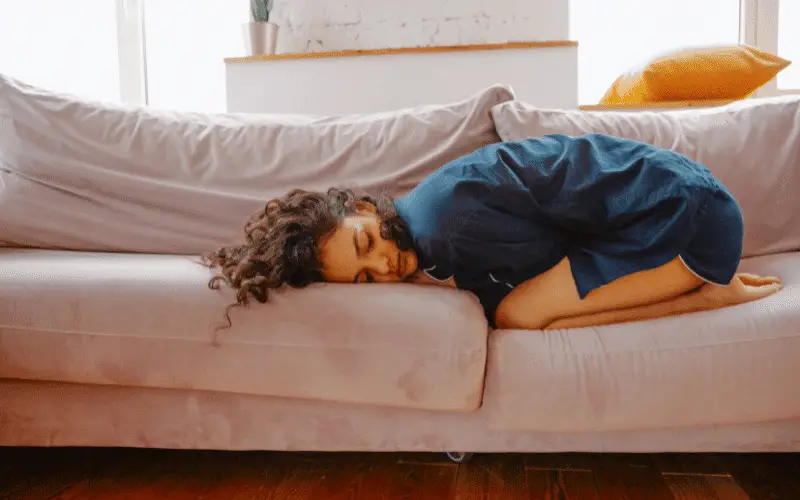Difference 2: Physical Symptoms – How the Body Reacts to Depression and Anxiety

Physical symptoms are another area where depression and anxiety differ. While both conditions can cause various physical manifestations, the specific symptoms associated with each disorder are not the same.
Depression: Fatigue, Aches, and Changes in Appetite
Depression often leads to significant fatigue and a general lack of energy. This can make it difficult for individuals to engage in daily activities or find the motivation to get out of bed. Additionally, people with depression may experience physical aches and pains, such as headaches, backaches, and muscle pain. Changes in appetite are also common, with some individuals experiencing a decreased appetite and weight loss, while others may have an increased appetite and weight gain.
Anxiety: Tension, Rapid Heartbeat, and Shortness of Breath
Anxiety, on the other hand, often causes physical symptoms related to tension and the body’s “fight or flight” response. These symptoms can include muscle tension, rapid heartbeat, shortness of breath, trembling, and sweating. People with anxiety may also experience gastrointestinal issues, such as stomachaches, nausea, or diarrhea. Insomnia and difficulty falling asleep are common in both depression and anxiety, but the reasons for the sleep disturbances may differ.
By recognizing the unique physical symptoms associated with depression and anxiety, healthcare professionals can better identify the appropriate diagnosis and treatment for each individual. (1)